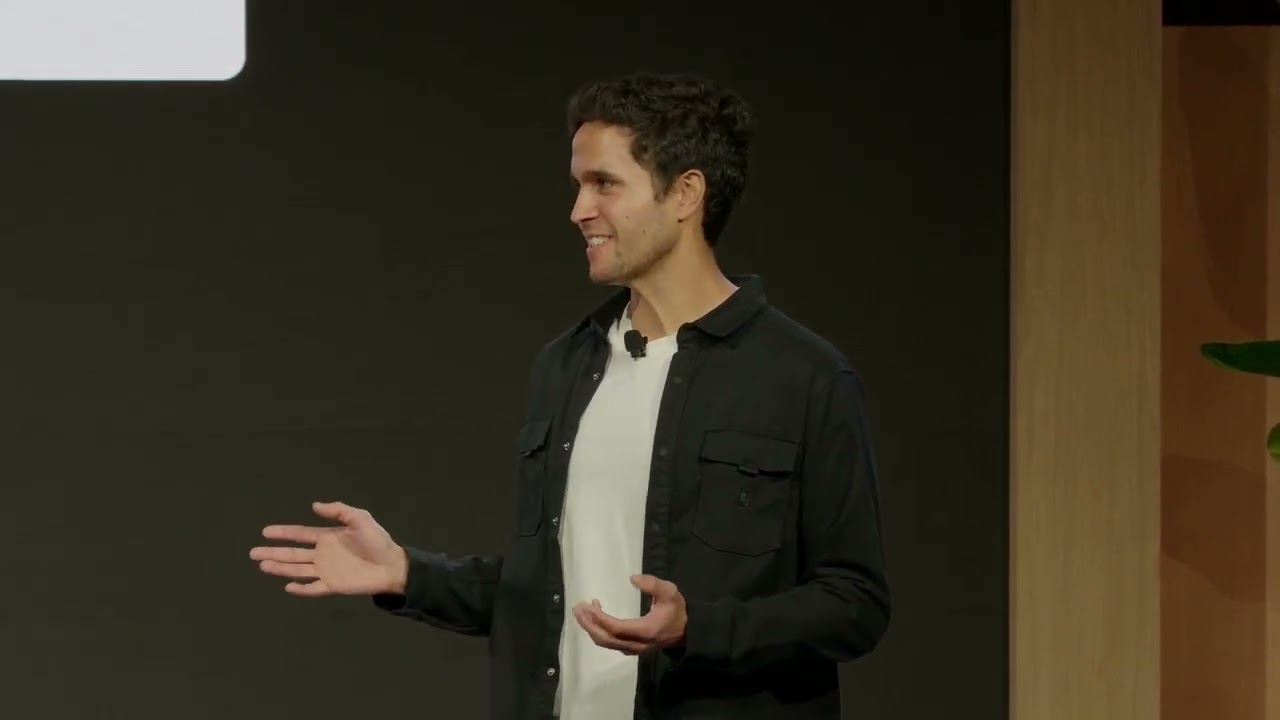In the OpenAI DevDay 2024 session, Mark and Kata introduced the Real-time API, which enables developers to create low-latency, multimodal applications that seamlessly integrate voice interactions by unifying audio transcription, text generation, and speech synthesis into a single interface. The session showcased live demonstrations of the API’s capabilities, including an interactive tutoring app, and highlighted cost reductions through prompt caching, encouraging developers to explore the new technology for building innovative applications.
In the OpenAI DevDay 2024 breakout session, Mark and Kata introduced the Real-time API, which allows developers to create low-latency, multimodal applications that integrate voice interactions seamlessly. This API represents a significant advancement from previous iterations, which were limited to text and required multiple models to handle speech-to-speech interactions. The Real-time API unifies capabilities such as audio transcription, text generation, and speech synthesis into a single interface, enabling developers to build more fluid and natural conversational experiences.
Before the Real-time API, developers faced challenges in creating smooth voice interactions due to the need to stitch together different models for transcription, language processing, and speech generation. This multi-step process often resulted in delays and a loss of nuance in conversations. The new API allows for real-time processing of audio inputs, meaning that the model can understand and generate speech without converting it to text first, significantly reducing latency and improving the overall user experience.
The session included live demonstrations comparing traditional voice assistant implementations with those built using the Real-time API. The presenters showcased how the new API allows for immediate responses and more expressive voice outputs, highlighting the improvements in speed and fluidity. They also introduced new upgraded voices that enhance the expressiveness of the generated speech, making interactions feel more human-like and engaging.
Kata demonstrated a practical application of the Real-time API by building an interactive tutoring app focused on space education. This app allowed users to ask questions about planets and receive real-time responses, complete with visual aids like charts and 3D models. The integration of function calling enabled the app to provide dynamic content based on user queries, showcasing the potential for creating immersive and interactive learning experiences.
Finally, the presenters discussed the cost reductions associated with using the Real-time API, thanks to the implementation of prompt caching for both text and audio inputs. This development is expected to lower operational costs significantly for developers, making it more feasible to build and scale applications using the API. The session concluded with an invitation for developers to explore the documentation and resources available to start building innovative applications that leverage the capabilities of the Real-time API.
